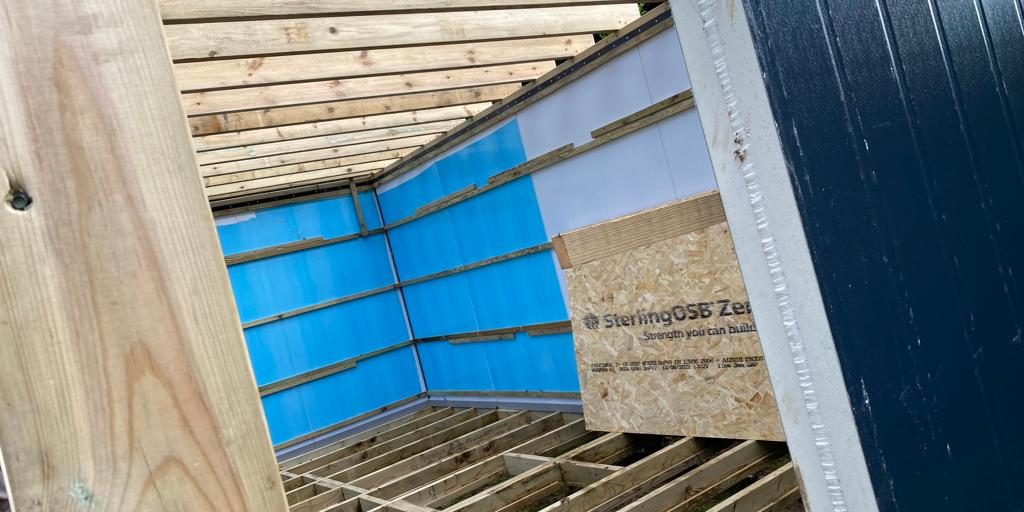A garden room can be a wonderful addition to any home, providing extra space for leisure, work, or hobbies. To keep it comfortable throughout the year, proper insulation is key, as it helps maintain a stable temperature and improves energy efficiency. By reducing heat transfer, quality insulation ensures that the garden room remains warm in winter and cool in summer.
When considering insulation, it’s important to choose materials with low thermal conductivity. Popular options include rigid foam boards and polyurethane, which are effective at minimising heat loss while being space-efficient. With the right insulation, a garden room not only enhances comfort but can also contribute to lower energy bills, making it a valuable investment.
Proper insulation can turn a garden room into a year-round retreat. By following essential steps and using suitable materials, one can create a space that is both inviting and energy efficient. Understanding the basics of garden room insulation is the first step towards enjoying this versatile area of the home all year long.
Ensuring Optimal Insulation for Your Garden Room
Proper insulation is vital for keeping a garden room comfortable and energy-efficient. Selecting the right materials, following a systematic installation process, and addressing sound and ventilation are all key to achieving the best results.
Identifying Insulation Materials
Choosing the right insulation materials is essential for optimal performance. Popular options include mineral wool, foam board insulation, and rigid foam insulation.
- Mineral wool insulation offers good thermal performance and soundproofing.
- Polyurethane insulation has a high R-value, which means excellent thermal resistance, making it energy-efficient.
- PIR insulation is often used in garden rooms due to its thin profile while providing strong insulation.
Insulation thickness is also important; typically, walls should have at least 50mm, while roofs may need around 75mm for effective thermal insulation.
Comprehensive Insulation Process
Installing insulation in a garden room involves several steps.
- Preparation: Ensure all surfaces are clean and dry.
- Cutting: Measure and cut insulation materials to fit snugly between wall battens.
- Placement: Carefully place the insulation into the walls, ceiling, and floor, ensuring no gaps are left, which helps with airtightness.
- Sealing: Use tape or sealant to cover joints and seams.
Following this process helps trap heat and maintain a comfortable temperature throughout the year. Proper installation can significantly reduce heating costs and improve energy savings on heating bills.
Achieving Energy Efficiency and Comfort
Energy efficiency and comfort go hand in hand in well-insulated garden rooms. Effective insulation keeps the heat inside during colder months and remains cool in summer.
To enhance comfort, consider adding acoustic insulation for soundproofing, especially if the room serves as a garden office or gym.
Incorporating trickle vents aids in ventilation without compromising insulation performance. This approach maintains fresh air circulation while keeping the room airtight, further reducing energy costs.
Ultimately, improving thermal efficiency creates a pleasant environment for leisure or work.
Enhancing Soundproofing and Ventilation
Soundproofing is particularly beneficial for garden rooms used as offices or studios. Using acoustic insulation can help minimise noise from outside.
Ventilation solutions also play a critical role. Installing trickle vents can provide necessary air exchange without losing heat.
Balancing insulation and ventilation is crucial for maintaining air quality and comfort. Properly considered, these elements contribute to a functional space that serves its purpose, whether as a games room, home office, or garden gym.
Monitoring and maintaining insulation helps ensure that performance stays high over time, which leads to long-term comfort and efficiency. For those considering a comfortable garden space, investing in good insulation is essential. This ensures they can enjoy their space throughout the seasons. You can learn more about insulate your garden room by checking out garden office buildings.


